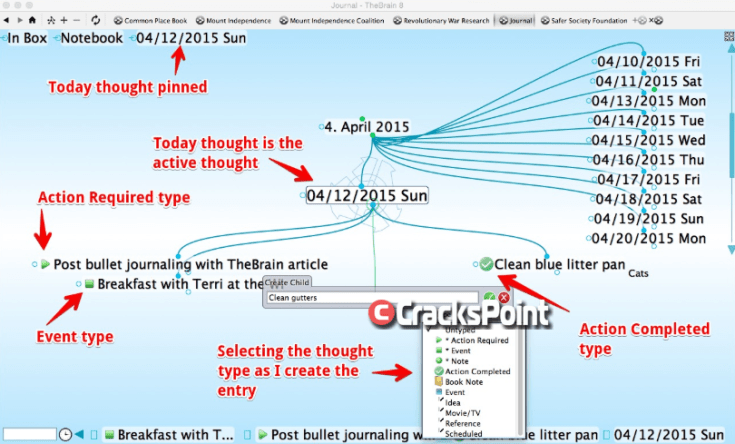
There are some hashtag directories around, but they unofficial, outdated and usually not worth the trouble. You are not required to register a hashtag anywhere. But you could add it anywhere in the message that makes sense, as long as it’s readable. Usually, you add it to the end of messages. You could create one of your own or several if you wish.Īll you do to create a hashtag is think it up.

I’ve created numerous hashtags over the years. So you see, that’s how these labels came to be called “hashtags.” In essence, a hashtag is a label that consists of a word or phrase tag with a hash symbol in front of it.Īnyone can create a hashtag. In the United States and Canada, it is called a number sign or sometimes a pound sign.īut in other places, such as the United Kingdom and Ireland, that # symbol is called a hash sign. Fun factoid: depending on where you are in the world, the symbol # is called various things. To create one, start with a hashtag symbol # and follow it directly with letters and sometimes numbers. Numbers are OK, but you must also have at least one letter with the numbers - hashtags cannot consist entirely of numbers. You can’t have punctuation or symbols in your hashtag (other than the # symbol at the beginning). All letters and numbers must run together without spaces in a hashtag. If it is a phrase, there can be no spaces between words. There are just a few technical requirements to know:Ī hashtag can be a single word, an abbreviation, an invented combination of letters and numbers, or a phrase. We’ll discuss the marketing uses of hashtags more below.īut first, let’s talk about some nuts and bolts to understand hashtags better.
#THEBRAIN 9 TAGS CRACKED#
Small business marketers have also cracked the code and figured out inventive ways to use hashtags. Hashtags, however, are not limited to big news stories.

We cling to it, to learn more about the event and provide an emotional outlet. When it comes to natural disasters, a hashtag is like an information lifeline. Hashtags for such situations also provide a way for the public to express their sentiment - something many of us feel compelled to do in the case of a disaster. In fact, several big news stories in recent years have been amplified and added to with citizen reports and amateur video and photographs. They proved invaluable for providing and following up-to-the-minute news about the bombings. Others searching for that topic, can search for that label to find other messages on that same social media platform.įor example, during the horrific Boston Marathon bombings in the spring of 2013, several hashtags were used. But now you can use hashtags on other social platforms, such as Instagram, Facebook, Pinterest and Google+.Īnyone sharing content on a relevant topic can add the hashtag label to their message. Hashtags are used mostly on social media sites. It helps others who are interested in a certain topic, quickly find content on that same topic.Ī hashtag looks something like this: #MarathonBombings or #SmallBizQuote. What is a Hashtag?Ī hashtag is a label for content. We will also address the business significance of hashtags, and how hashtags can help you in marketing. So today we’re going to tackle the question “What is a hashtag?” in plain language. C - hashtags are baffling to those who do not spend a lot of time online or who are new to social media.
#THEBRAIN 9 TAGS HOW TO#
This article was in part inspired by someone who commented here on Small Business Trends by saying, “I’m still not sure how hashtags are being used, or how to use them, or when to use them, or what the significance is in using them… totally confused ….” We hear you, Dr. If you have never used it and you’ve asked yourself what is a hashtag and what does hashtag mean, here is a great primer to get you up and running.

A hashtag or this symbol “#” as it is more commonly known has become an integral part of social media.


 0 kommentar(er)
0 kommentar(er)
